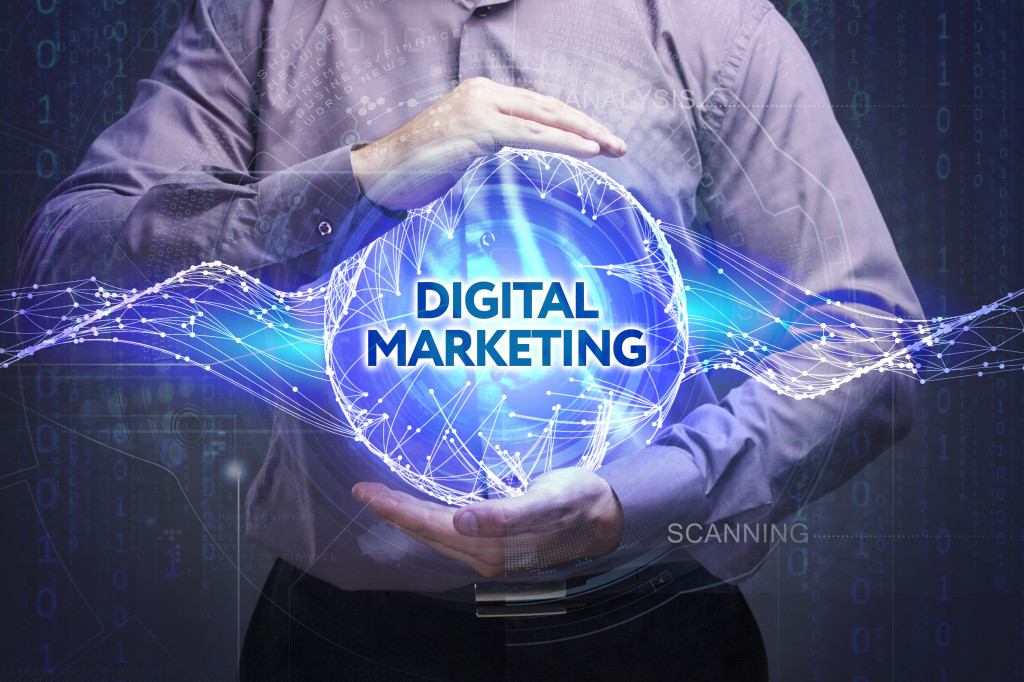In fashion or technology, what’s popular today may be gone tomorrow. The same can be said about digital marketing trends. Google updates its algorithm constantly. According to Moz, in 2018, Google’s algorithm went through 3,234 updates, and each one of those has the potential to change the landscape for digital marketers.
As a marketer, it’s important to stay ahead of the curve and know the next big digital marketing trends. This can help you allocate your resources appropriately and ensure you’re not investing in tactics that no longer work or will soon be obsolete.
Video Marketing
If you’re not already incorporating video into your digital marketing strategy, now is the time to start. Video is one of the most versatile and effective ways to reach your target audience. Not only is it a great way to showcase your product or service, but it’s also an excellent way to build trust and credibility with potential customers.
According to Cisco, by 2022, 82% of all internet traffic will be video traffic. This is up from 73% in 2017. So, if you’re not using video as part of your digital marketing strategy, you’re missing out on a huge opportunity to reach your target audience.
You will see more and more brands using video as a way to connect with their target audience on a deeper level. We’ll also see more interactive videos, such as augmented reality (AR) and virtual reality (VR) videos. These types of videos give viewers a more immersive experience and help them connect with the brand on a personal level.
Chatbots
Chatbots are quickly becoming one of the most popular ways for brands to interact with their customers online. Chatbots are computer programs that simulate human conversation. You’ve probably interacted with a chatbot yourself without even realizing it. For example, when you visit a website and a pop-up window appears asking if you need help, that’s a chatbot.
Chatbots are becoming increasingly popular because they allow brands to interact with their customers in real time. They can answer questions, provide support, and make recommendations based on customer needs. In the coming years, we’ll see more brands using chatbots as a way to improve customer service and support.

Voice Search
With the rise of voice assistant devices like Amazon Echo and Google Home, voice search is becoming more and more popular.
Voice search is different from traditional text-based search because it uses natural language processing (NLP) to understand user Intent. This means that when someone speaks into a voice assistant device, it can understand what they’re looking for and provide them with accurate results.
For example, if someone were to ask their Amazon Echo for “the best Italian restaurant near me,” the device would use NLP to understand the user’s Intent and provide them with results accordingly. If you tell Google Assistant to “order flowers from the nearest florist,” it will understand that you want to purchase flowers and find a florist near you that can fulfill your request.
Marketers and brands should make sure to integrate voice search into their search engine optimization strategy. This means optimizing your website and content for voice search keywords.
Authenticity in Long-form Content
While more people are consuming videos online, there are still a lot of people who prefer to read long-form content.
To appeal to this audience, brands must focus on creating quality, well-researched, and authentic long-form content. This type of content can include blog posts, articles, whitepapers, e-books, and even infographics.
In 2022, content with 1000 to 2000 words became more popular. The challenge, however, is crafting content on what people are currently into. Topics such as safe spaces on social media, cancel culture, and the power of the like button can affect brands.
When long-form content is done right, it can generate customer loyalty and help build a brand’s reputation as an expert in its industry. It also makes a fantastic impression on potential customers who may not have heard of the brand before. They would think the brand is trustworthy and will continue to follow the company.
In-feed Native Advertising
You’ve probably seen in-feed native advertising on social media platforms like Facebook, Instagram, and Twitter. This type of advertising is a form of paid content that blends in with the rest of the content on a platform.
In-feed native advertising is effective since it’s less intrusive than other forms of advertising like banner ads. Users are also more likely to see it because it’s not hidden away in a side panel or banner ad.
There you have it! These are the next biggest digital marketing trends right now. Keep these in mind as you develop your marketing strategy for the coming year.
